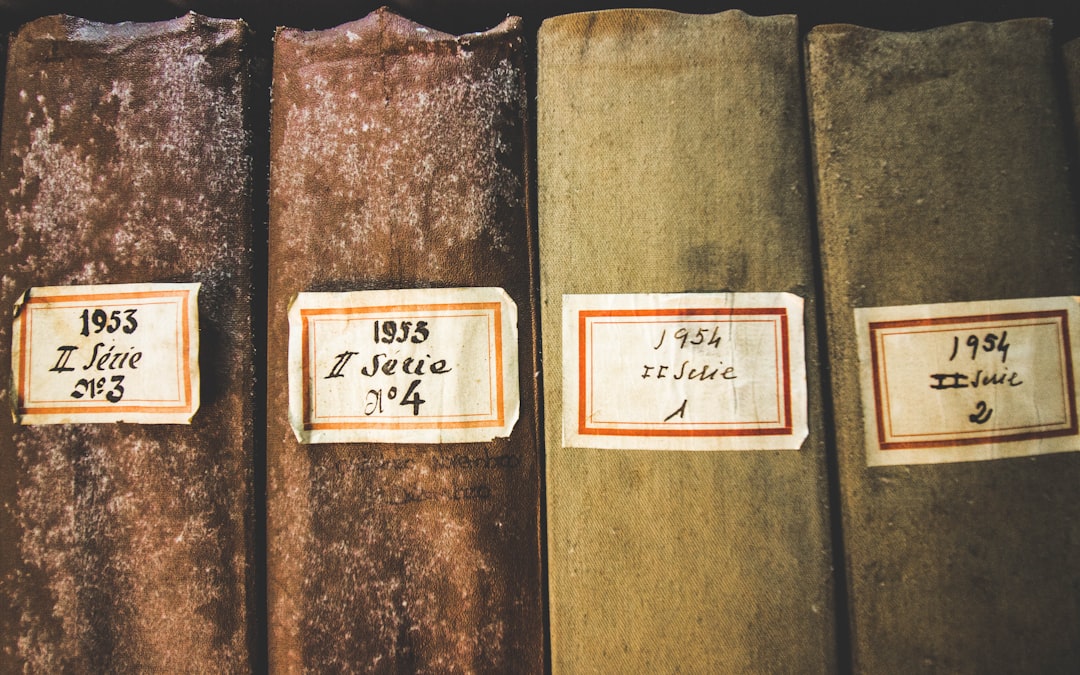What is it about?
Strasbourg printer Johann Schott (1477-1548) was a leading Renaissance actor: many landmark publications came out of his presses, including Margarita philosophica (1503), a compendium of learning by his teacher Gregor Reisch; the edition of Ptolemy's Geography (1513) with maps of the entire globe drawn by Martin Waldseemüller; the vividly illustrated surgical manual Feldtbuch der Wundarzney (1517) by Hans von Gersdorff; and Herbarum vivae eicones (1530-36) by Otto Brunfels, with remarkable woodcuts by Hans Weiditz. Schott's agency can be documented for all these works, especially for the role of images and color.
Featured Image

Photo by Lynn Kintziger on Unsplash
Why is it important?
Living Images of Plants (Herbarum vivae eicones, 1530-36) is generally considered a landmark in Renaissance publishing for the quality of its images. This article shows that in several copies of the work those images were hand-colored in the printing house of Johann Schott. This practice is in line with Schott's previous output, figuring both refined images printed in color and hand-colored ones. In some cases, as with the examination for leprosy in the surgical manual by Hans von Gersdorff, the meaning of the procedure can now be interpreted through contemporary medical/legal documents.
Perspectives
Researching this article required solving many puzzles, such as uncovering the different coloring patterns in the woodcut of the water lily from Living Images of Plants. I am grateful to all the librarians across many continents who kindly provided photographs for my research.
Domenico Bertoloni Meli
Indiana University, Bloomington
Read the Original
This page is a summary of: Images & Color: The Strasbourg Printer Johann Schott (1477–1548) and His Circle, Early Science and Medicine, December 2022, Brill,
DOI: 10.1163/15733823-20220060.
You can read the full text:
Contributors
The following have contributed to this page










